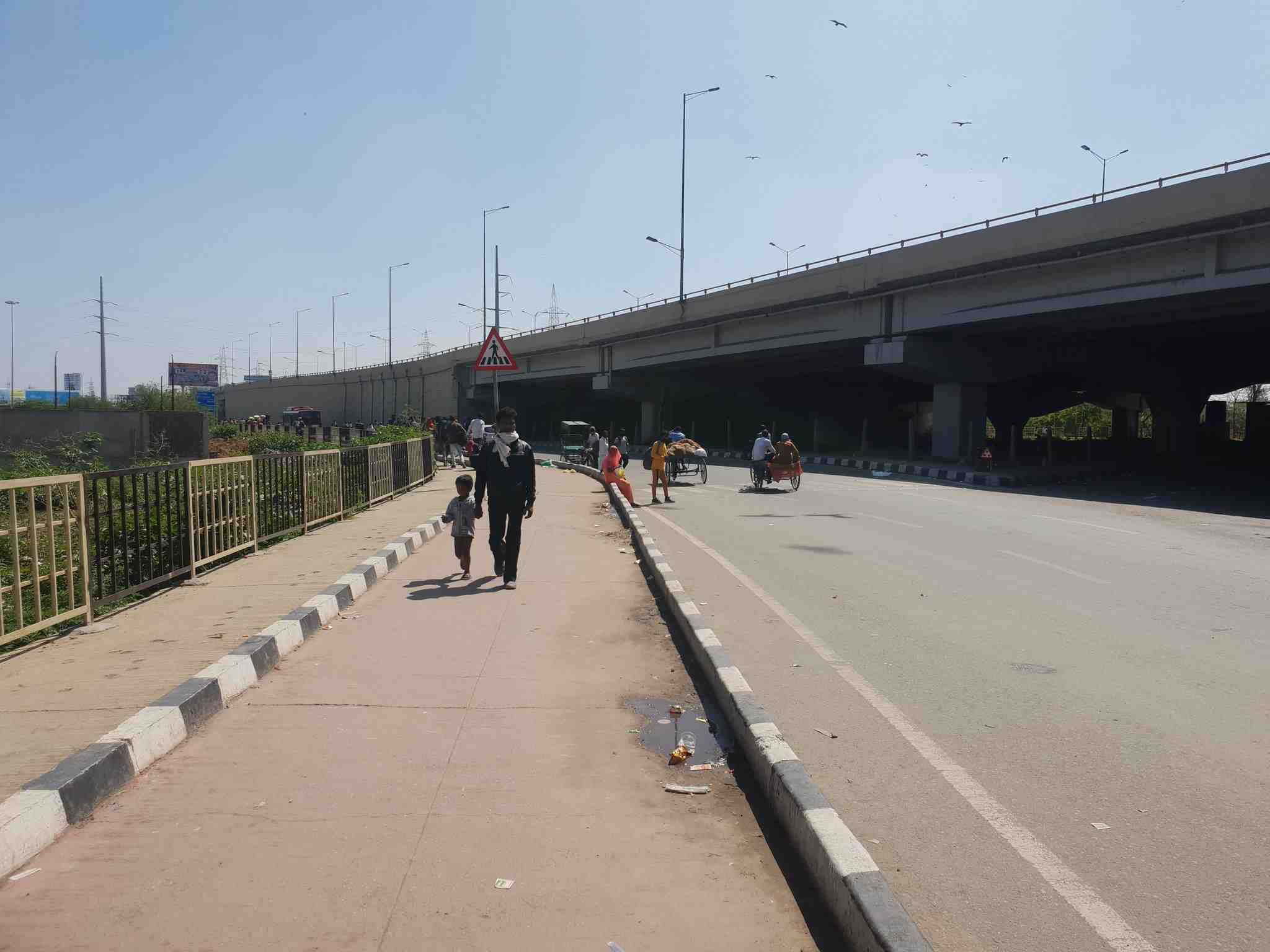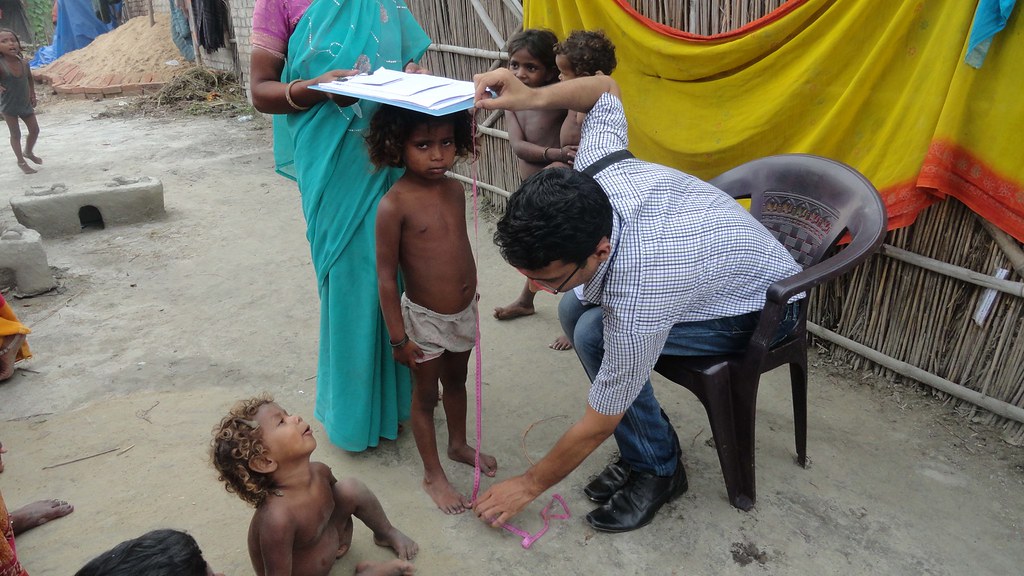The nationwide lockdown may be an equivalent of comfortable quarantine for a large section of the urban middle class, but for the migrant workers they have ushered in even greater hardships.
Shortly after the lockdown was announced last week, many workers primarily from the states of Bihar and Uttar Pradesh decided to walk back home in the absence of transportation networks.
According to the official estimates, about 180,652 migrant workers reached Bihar after setting out from Delhi, Haryana, Rajasthan, West Bengal, Uttar Pradesh and other states apart from Nepal, before the state borders were eventually sealed on April 1.
In utter desperation when these migrant workers decided to take the long walk home without food or water, they had done so with the hope of uniting with their families and finding solace in togetherness amid these hard times.
But much to their dismay, when they set foot on the soil of their villages, unlike on other occasions, their neighbours in the village were in no mood to welcome them.
In other words, they were left socially ostracised and were in many instances asked to make a visit to the local primary health centre in order to get themselves tested and medically examined.
Many migrant workers had to spend a couple of days outside their villages and were allowed to enter the village only after reports showed that they had no symptoms of COVID-19.
Whereas many other migrant labourers who had returned from urban centres and displayed symptoms of COVID-19 were asked to quarantine themselves in the hundreds of makeshift isolation wards made by the government inside state owned schools alongside the borders.
The Problem of Shared and Porous Borders
It is interesting to make a note of the kinds of problems that occur in this case when the state shares a border with another or has the problem of a porous border.
Bihar shares a porous order with West Bengal in the east and Uttar Pradesh in the west, Jharkhand towards the south and Nepal in the north.
Many migrant workers who had gone to Nepal for work opportunities are also returning back home.
The Bihar government like many other state governments is stopping these migrant workers at the border and asking them to undergo a medical test.
Until the reports prove them negative, they are compelled to live in isolation wards. However, this delay in going back home in creating discontent among many migrant workers and they are beginning to protest.
Many migrant workers stranded at the Uttar Pradesh-Bihar border have been walking for hundreds of kilometres without food or water and now finally when they are near their villages, being quarantined is making them agitated and furious.
There are several reports of disturbances, with migrant workers resorting to abuse of guards and officials and even scaling the walls of the quarantine camp ear Buxar before running off to their native villages.
More than 41 such workers have fled from quarantine wards near Supaul in eastern Bihar and about five people have fled from an isolation ward in Purnea.
Many of these migrant workers said that these isolation wards at the state borders had no access to even the basic amenities.
There was no proper food, beds pr toilets. The district administration has been working with officials to look into the lapses and see why workers are escaping the quarantine facility. This is a dangerous trend because escaping migrants can carry infection and as a result infect hundreds of other people.
But one must also look at the problems being faced by these migrant workers with empathy and understand their plight in the face of the countrywide lockdown. This is among the most poorest sections of the Indian society which is dependent on day to day earnings or wages for their survival and this is not a group of people which has savings to see them through these difficult times. What were these people going to do in the absence of a source of livelihood in the cities, where they manage food and habitat with great difficulty even when the factories, industrial unites, construction sites that they are employed in are functional?
The government did not allow them enough time after the ‘Janta Curfew’ to make arrangements for survival or even take the long journeys back home.
No food, no water and little money were all that these migrant workers had in these tough days as they journeyed from the metropolitan cities to their own distant homelands.
More than 25 workers passed away due to exhaustion and fatigue on the way, while hundreds or others did manage to complete their journeys.
Now many of them are stranded in quarantine wards with inadequate facilities and lack of state attention. When will these poor, desperate migrant workers be tested, how will they survive in isolation wards with no food or water, when will they be allowed to return back to the comfort of their villages, and even once they reach their villages how will they arrange food for their families amidst no source of livelihood and a meagre saving if any?
These and many other existential questions are haunting Indian migrant workers who are stranded at the state borders. While we contemplate and ask if their entry into their states should be a cause of worry, we must also familiarise ourselves with their worries and anxieties for survival and sustenance in these terribly difficult times.











